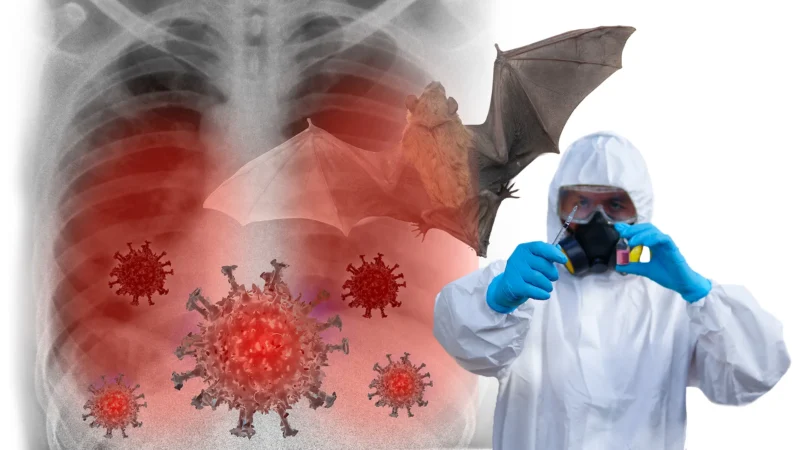Top Highlights
-
Pandemic Potential: A study reveals that HKU5 viruses, a subgroup of merbecoviruses closely related to MERS-CoV, could be one mutation away from infecting humans, posing a significant pandemic risk.
-
Spike Protein Insights: Researchers found that HKU5 viruses can bind to the same ACE2 receptors used by SARS-CoV-2, demonstrating mutations that may enable them to infect other species, including humans.
-
AI in Virology: The study utilized AI tools like AlphaFold 3 for rapid structural analysis of the HKU5 spike protein, enhancing understanding of its potential to mutate and evade antibodies, which is crucial for future vaccine development.
- Call for Monitoring: Although HKU5 viruses haven’t been documented in humans yet, their genetic similarities to MERS and evidence of ability to jump to minks underscore the need for ongoing vigilance and research.
Potential Threats from Merbecoviruses
Recent studies reveal unsettling news about a group of bat viruses. Scientists have identified merbecoviruses, closely related to the MERS-CoV virus that caused severe respiratory illness. These viruses may be just one mutation away from being capable of infecting humans. Notably, the HKU5 subgroup has raised alarms. Researchers found that it can utilize the ACE2 receptor—a gateway for viruses like SARS-CoV-2. Though HKU5 currently only targets bats, mutations could allow it to cross species barriers. Given the lethality of MERS, which carries a staggering 34% mortality rate, the potential for human transmission demands attention.
Furthermore, this research fills a crucial gap in our understanding of these lesser-known viruses. The team utilized advanced AI technologies to model how HKU5 viruses interact with human receptors. This innovation enables quicker and more accurate assessments than traditional methods. By understanding how these viruses bind to host cells, scientists can potentially develop antibodies, vaccines, and treatments. They aim to mitigate any risks posed by these emerging threats.
The Need for Vigilance and Preparedness
Public health experts advocate for ongoing vigilance as they monitor these bat viruses. While no evidence suggests that HKU5 has infected humans so far, the possibility remains concerning. The dynamic of zoonotic diseases underscores the need for robust surveillance systems. Past pandemics have taught us that early detection is vital for effective response strategies. Researchers emphasize that the world should be prepared for what may lie ahead.
Moreover, this study highlights the practical implications of technological advancements in research. Rapid analyses from AI tools like AlphaFold can streamline the process of understanding viral behavior. As we confront the possibility of future pandemics, embracing these technologies can enhance our readiness. Continuous investment in viral research will equip us to tackle evolving threats, ultimately contributing to a safer future for global health.
Expand Your Tech Knowledge
Learn how the Internet of Things (IoT) is transforming everyday life.
Explore past and present digital transformations on the Internet Archive.
TechV1

